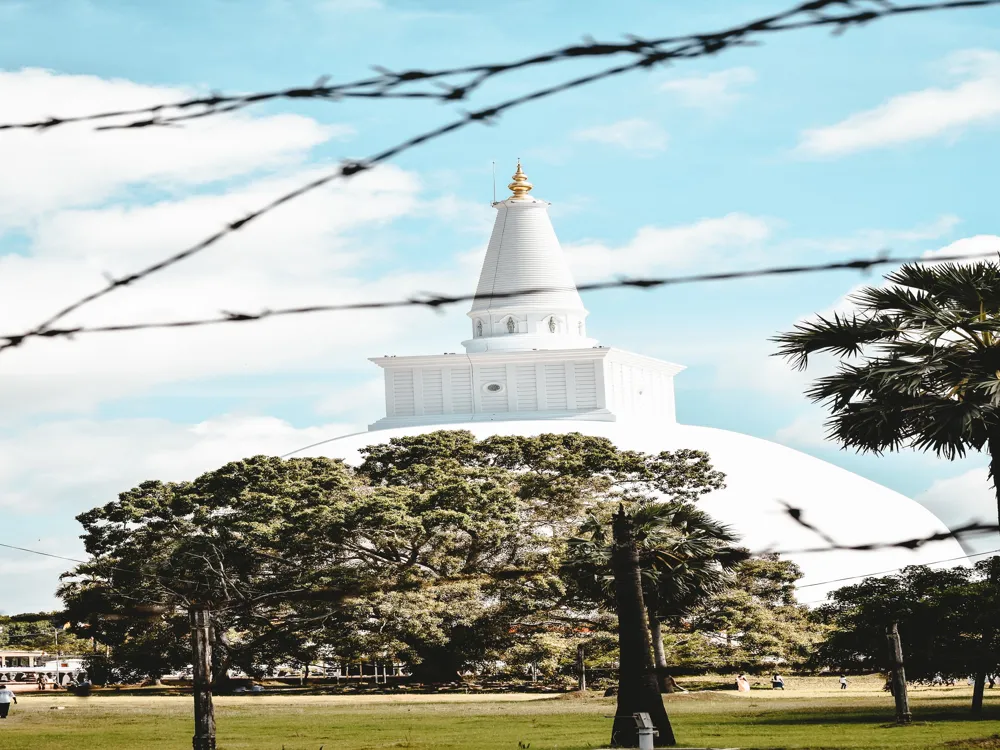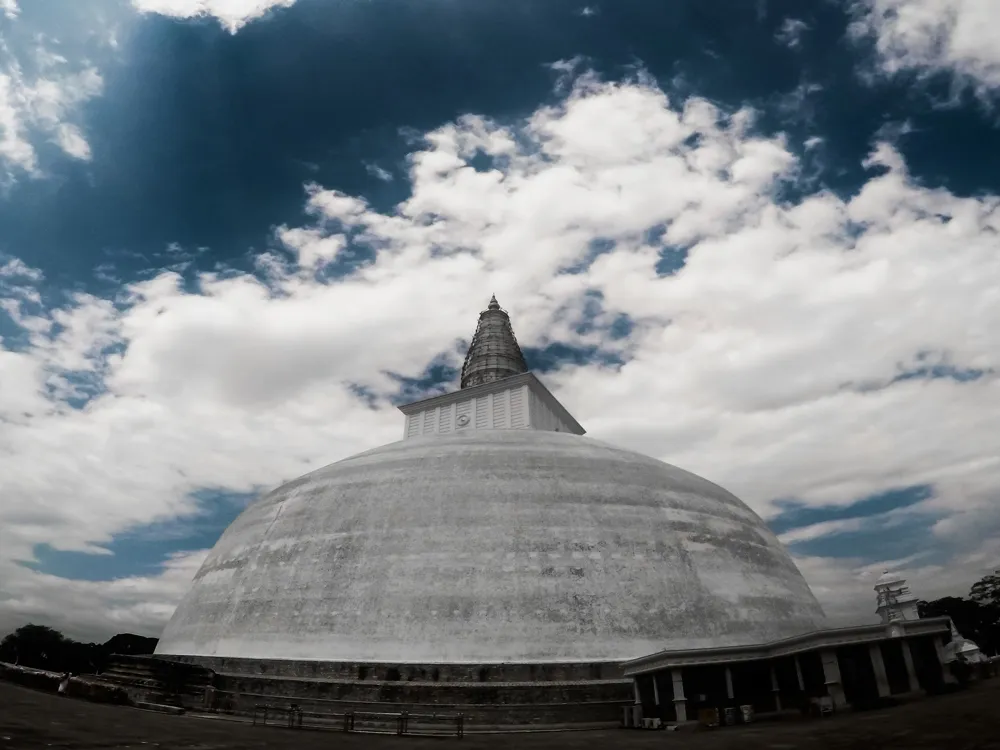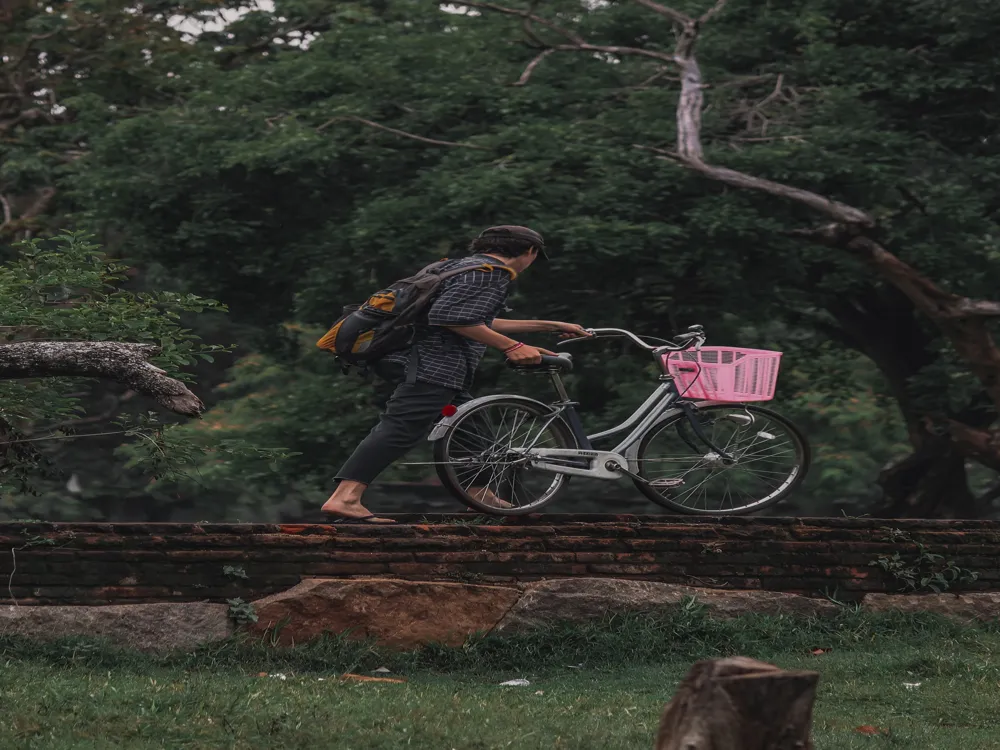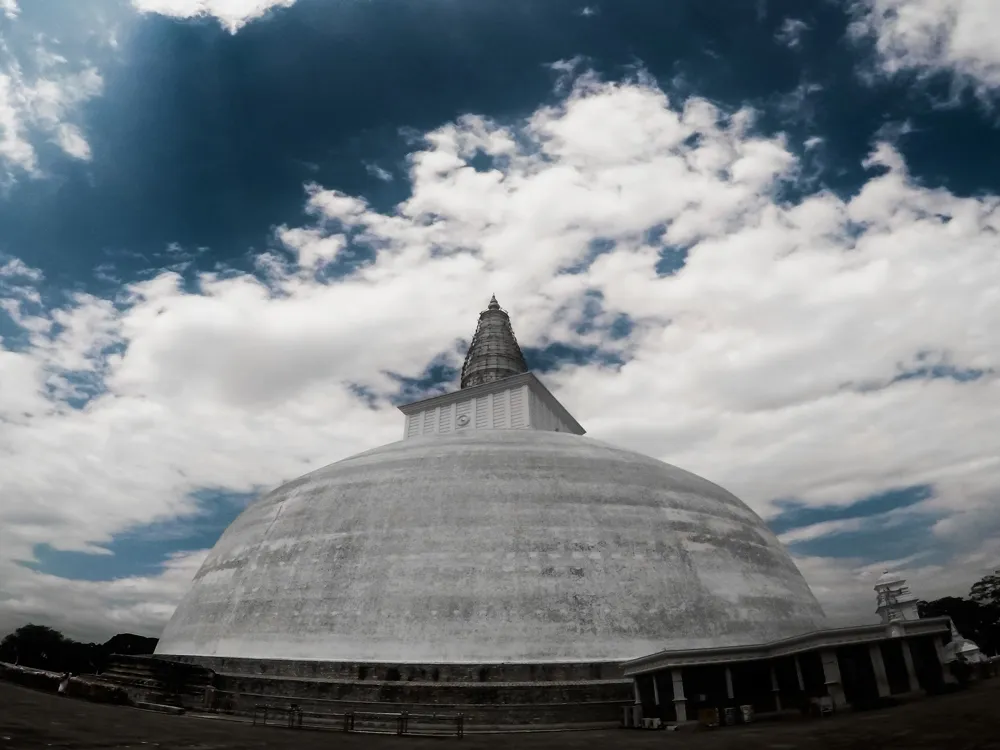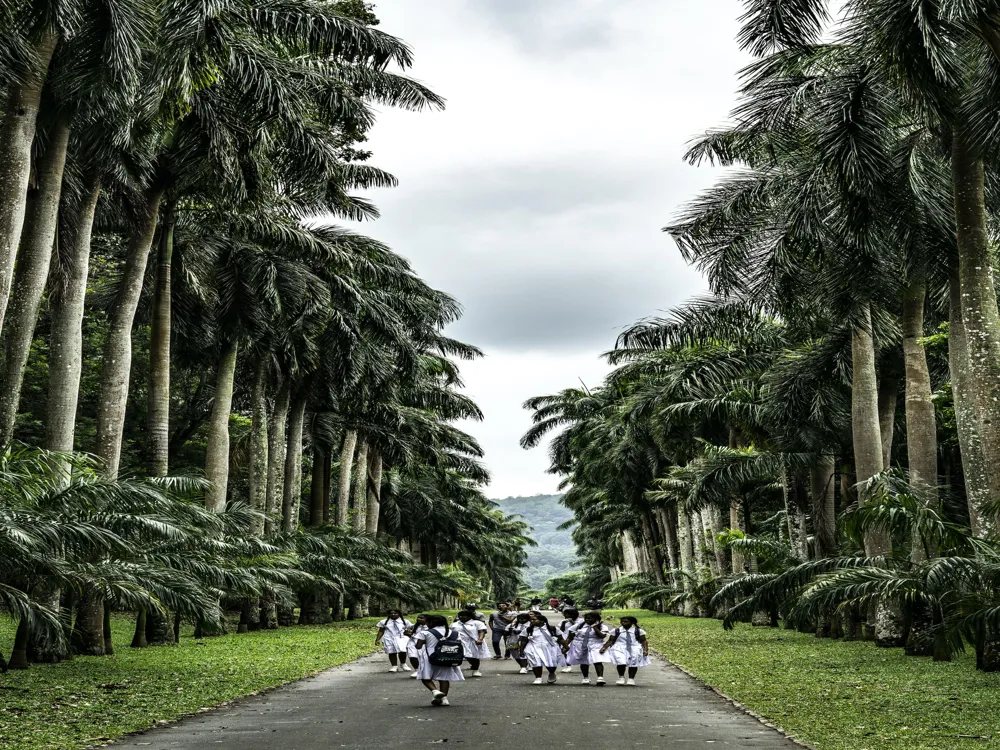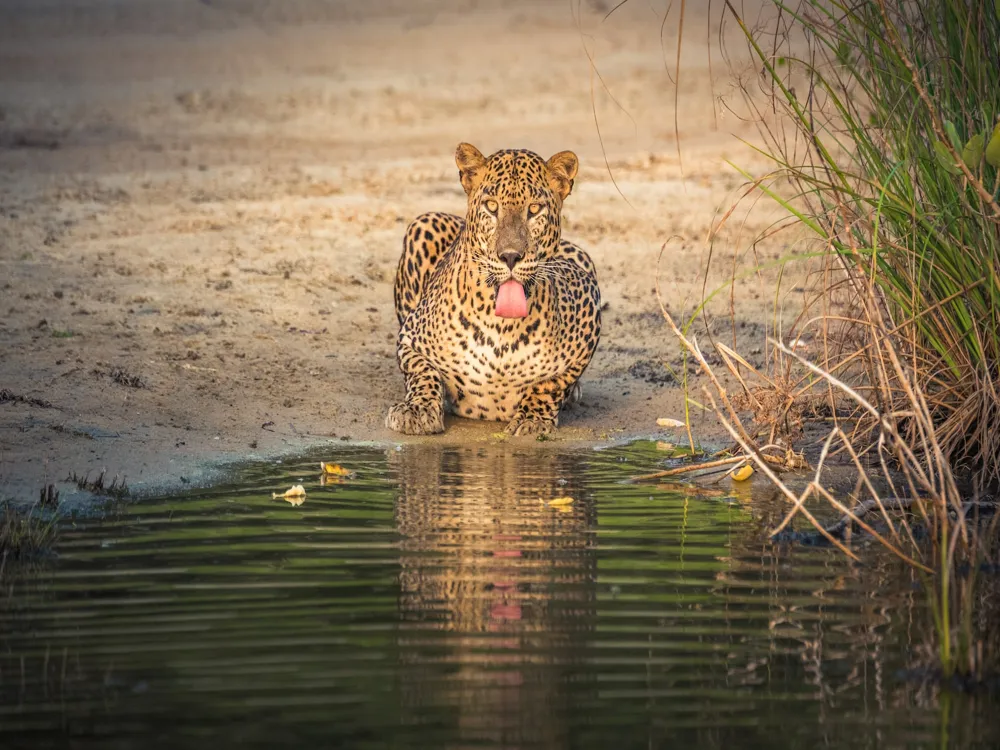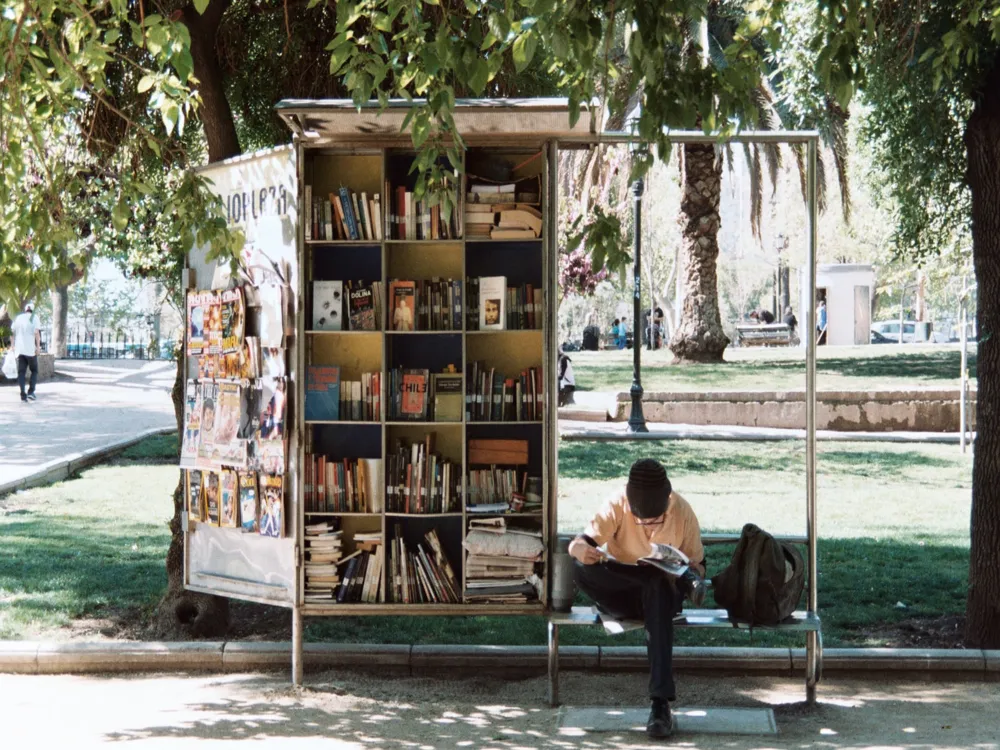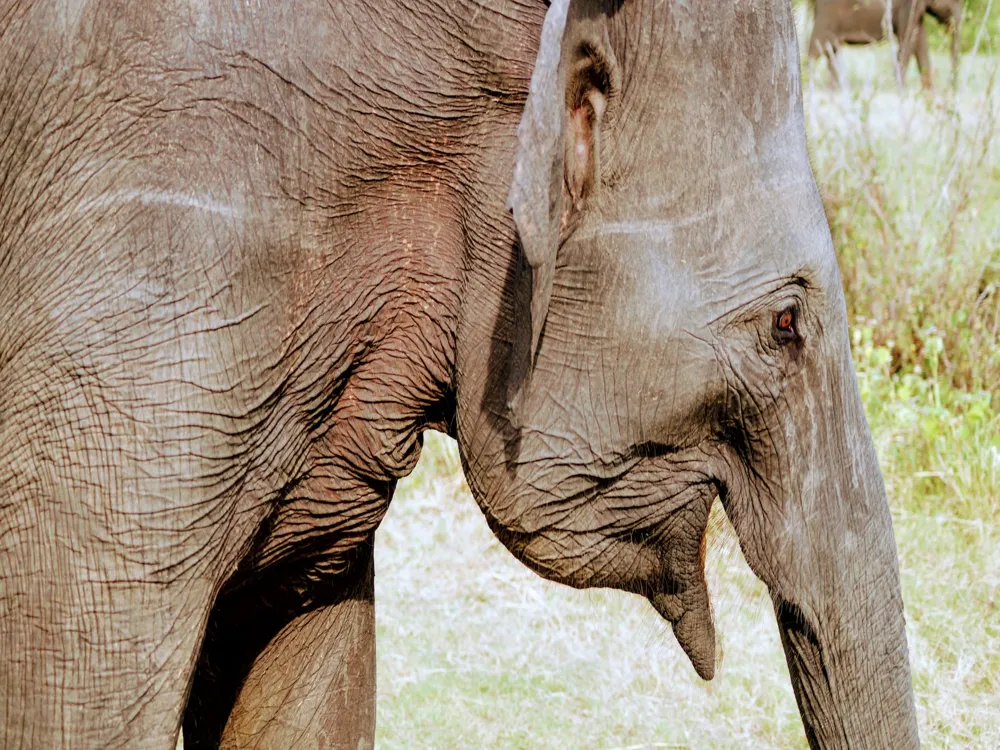Thuparamaya, located in the ancient city of Anuradhapura in Sri Lanka, is a significant landmark in the Buddhist world. Esteemed as the first Buddhist temple in Sri Lanka, it was built by King Devanampiya Tissa in the 3rd century BC. This sacred site is believed to house the collarbone of the Buddha, making it a revered place of worship and pilgrimage. The historical significance of Thuparamaya is deeply intertwined with the introduction of Buddhism to Sri Lanka. Its establishment marked the beginning of a new religious era in the country, shaping its cultural and spiritual landscape. The temple complex is not only a place of religious importance but also a testament to the ancient architectural skills and cultural richness of the Sinhalese civilization. The architecture of Thuparamaya, featuring the earliest known Stupa in Sri Lanka, is a marvel of ancient engineering and design. The original structure has undergone several renovations and restorations over the centuries, reflecting the evolving artistic and architectural styles of different periods. Despite these changes, Thuparamaya has retained its significance as a symbol of the Buddhist heritage of Sri Lanka. The site attracts thousands of visitors annually, including pilgrims, historians, and tourists, drawn by its spiritual ambiance and historical value. Exploring Thuparamaya offers a unique glimpse into the ancient Buddhist civilization of Sri Lanka and its enduring legacy. The architecture of Thuparamaya in Anuradhapura is a testament to the ancient engineering and artistic capabilities of Sri Lanka. Constructed in the 3rd century BC, the Stupa at Thuparamaya is recognized as the first of its kind in Sri Lanka, signifying the beginning of the Stupa tradition in the country. The original structure was built in the shape of a bell or a bubble, a design that became a prototype for future Stupas across the island. The Stupa was surrounded by a series of stone pillars, believed to have supported a wooden roof or vedika, which would have enclosed the Stupa. This feature is unique to early Sri Lankan architecture and is not commonly found in other Buddhist countries. The design elements of Thuparamaya reflect a deep understanding of symmetry, proportion, and aesthetics. The harmonious blend of religious significance and architectural brilliance is evident in every aspect of its construction. Over the centuries, Thuparamaya underwent various renovations under different kings, leading to alterations in its original design. Despite these changes, the essence of its early architectural style remains preserved. Today, Thuparamaya stands not only as a sacred Buddhist site but also as an invaluable relic of ancient architectural ingenuity, attracting scholars and enthusiasts from around the world. Visitors should dress modestly, covering shoulders and legs, as Thuparamaya is a place of religious worship. It's advisable to wear comfortable, easily removable footwear as you may need to enter certain areas barefoot. Be mindful of religious rituals and practices. Avoid interrupting prayer sessions or ceremonies, and always show respect towards monks and worshippers. It's also important to refrain from loud conversations and disturbances within the temple premises. While photography is generally allowed, it should be done respectfully. Avoid taking pictures in restricted areas or during private ceremonies. Always ask for permission before photographing monks or worshippers. Help in preserving the sanctity and cleanliness of Thuparamaya. Avoid littering and respect all posted signs regarding the preservation of this historic site. Touching or leaning on ancient structures and statues should be avoided to prevent damage. Thuparamaya is located in Anuradhapura, a major city in the North Central Province of Sri Lanka. The temple is easily accessible by various modes of transportation. Visitors can reach Anuradhapura by road, rail, or air. The city is well-connected through a network of highways and main roads, making it convenient for travelers coming by car or bus. For those preferring rail, Anuradhapura has a major railway station with regular trains from Colombo and other cities. The nearest airport is the Bandaranaike International Airport in Colombo, from where you can take a taxi or a bus to Anuradhapura. Within the city, local tuk-tuks, taxis, and buses are available for transportation to Thuparamaya. Read More:Overview of Thuparamaya in Anuradhapura
Architecture of Thuparamaya
Tips When Visiting Thuparamaya
Dress Appropriately
Respect Religious Practices
Photography Etiquette
Preserving the Site
How To Reach Thuparamaya
Thuparamaya
Anuradhapura
₹ 21,999 onwards
View anuradhapura Packages
Weather :
Tags : Historical Site
Timings : 7:00 AM to 5:00 PM
Entry Fee : Free
Planning a Trip? Ask Your Question
Anuradhapura Travel Packages
View All Packages For Anuradhapura
Top Hotel Collections for Anuradhapura

Private Pool

Luxury Hotels

5-Star Hotels

Pet Friendly
Top Hotels Near Anuradhapura
Other Top Ranking Places In Anuradhapura
View All Places To Visit In anuradhapura
Faq on Anuradhapura
What is Thuparamaya?
Thuparamaya is recognized as the first Buddhist stupa to be constructed in Sri Lanka, established under the reign of King Devanampiyatissa in the 3rd century BC. It is believed to house the right collarbone of the Buddha, making it a significant site for Buddhist pilgrims.
Where is Thuparamaya located?
Thuparamaya is situated in Anuradhapura, an ancient capital of Sri Lanka, in the North Central Province of the country. It's part of the Anuradhapura World Heritage Site.
Why is Thuparamaya important?
Thuparamaya is important for several reasons: it's considered the oldest stupa in Sri Lanka, marking the introduction of Buddhism to the island. It serves as a symbol of the establishment of the Buddhist faith in the country and represents the ties between Sri Lanka and India.
What can visitors see at Thuparamaya?
Visitors can see the bell-shaped stupa, which is a focal point of the site. Surrounding the stupa, there are remnants of ancient pillars that once supported a vatadage, a circular structure that protected the stupa. The site also offers a peaceful and spiritual atmosphere for contemplation and worship.
What are the architectural features of Thuparamaya?
The most notable architectural feature of Thuparamaya is its bell-shaped stupa, which is a characteristic design of ancient Sri Lankan stupas. Additionally, the site originally featured a vatadage with stone pillars, which would have encircled the stupa to protect it.
View anuradhapura Packages
Weather :
Tags : Historical Site
Timings : 7:00 AM to 5:00 PM
Entry Fee : Free
Planning a Trip? Ask Your Question
Anuradhapura Travel Packages
View All Packages For Anuradhapura
Top Hotel Collections for Anuradhapura

Private Pool

Luxury Hotels

5-Star Hotels

Pet Friendly
Top Hotels Near Anuradhapura
Other Top Ranking Places In Anuradhapura
Faq on Anuradhapura
What is Thuparamaya?
Thuparamaya is recognized as the first Buddhist stupa to be constructed in Sri Lanka, established under the reign of King Devanampiyatissa in the 3rd century BC. It is believed to house the right collarbone of the Buddha, making it a significant site for Buddhist pilgrims.
Where is Thuparamaya located?
Thuparamaya is situated in Anuradhapura, an ancient capital of Sri Lanka, in the North Central Province of the country. It's part of the Anuradhapura World Heritage Site.
Why is Thuparamaya important?
Thuparamaya is important for several reasons: it's considered the oldest stupa in Sri Lanka, marking the introduction of Buddhism to the island. It serves as a symbol of the establishment of the Buddhist faith in the country and represents the ties between Sri Lanka and India.
What can visitors see at Thuparamaya?
Visitors can see the bell-shaped stupa, which is a focal point of the site. Surrounding the stupa, there are remnants of ancient pillars that once supported a vatadage, a circular structure that protected the stupa. The site also offers a peaceful and spiritual atmosphere for contemplation and worship.
What are the architectural features of Thuparamaya?
The most notable architectural feature of Thuparamaya is its bell-shaped stupa, which is a characteristic design of ancient Sri Lankan stupas. Additionally, the site originally featured a vatadage with stone pillars, which would have encircled the stupa to protect it.







